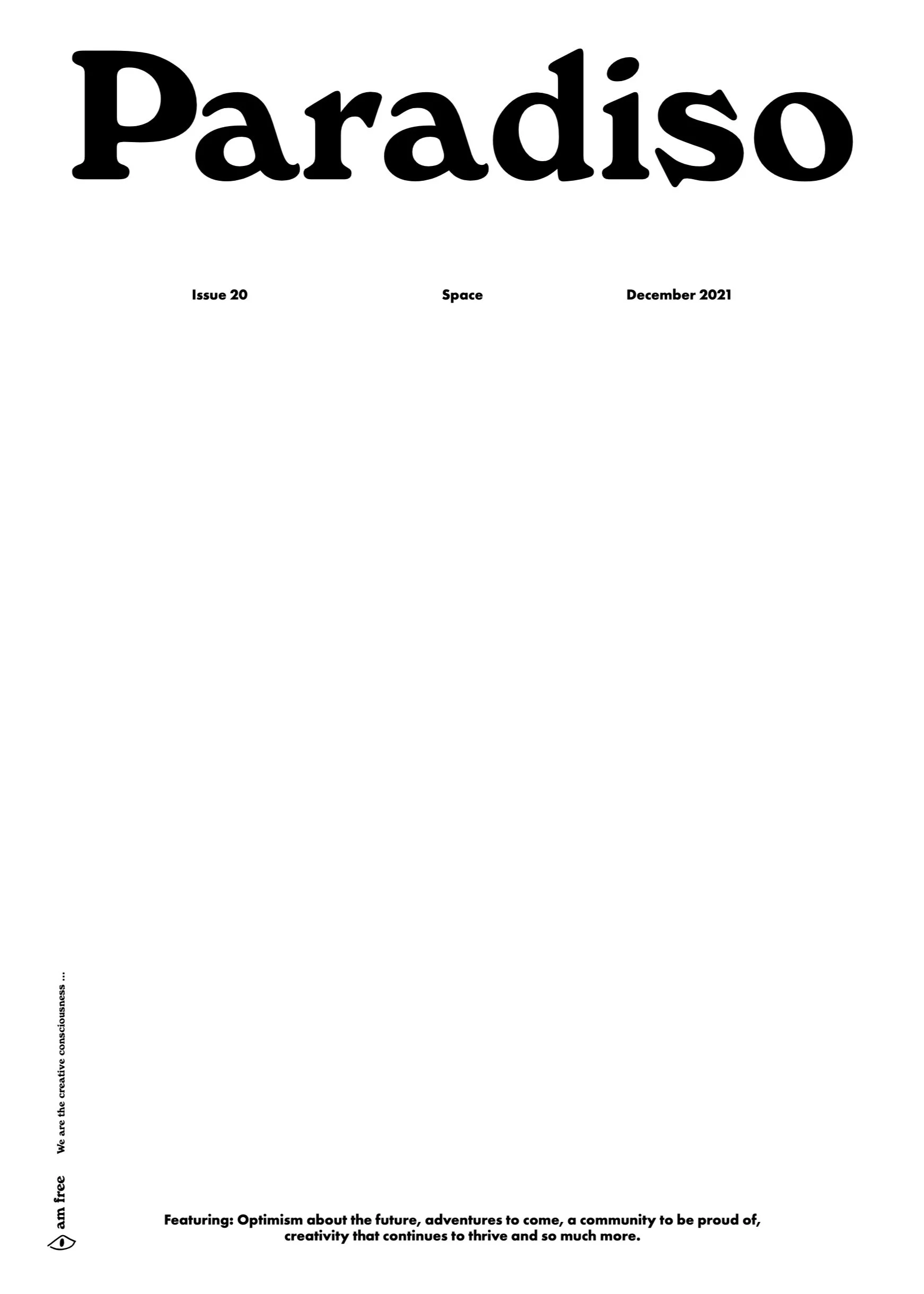Creating space in the age of busyness
This article was originally published and printed in Paradiso Issue 20 – you can buy a copy here.
We’re living in an age of busyness. It’s never been easier, cooler and less productive to be busy. ‘How’re you going?’ is being replaced in kind with ‘You busy?’ Because if you’re busy, you’re good, apparently. Andy Summons explores the antidote to busyness and the power of intention.
The separation between work, our personal lives, entertainment and downtime have been streamlined, synergised and centralised into our pockets. Lifetimes’ of entertainment and ultimately hollow distraction dance and sing a siren song beckoning our fingers for just a little more scrolling if we’re not caught dipping back into work emails, Facebook or the dire state of the world (and news media).
We have a direct connection in our hands to everything all of the time – countless streaming platforms, live news from around the world, online gigs, another superhero movie – even our downtime is busy. Busyness has become the new normal. And as technology’s progression soars into space at the speed of a malevolent billionaire, creating space to slow down seems more challenging and more important than ever.
So what is it and how do we do it? Creating space is a habit and it takes practice. Busyness thrives when we’re not being intentional with our time. Learning how to catch ourselves when we’re absent-mindedly stressing about work, love, the apocalypse, or scrolling can help save wasted time and decrease our cognitive load too. By being deliberate with our attention – how and where we focus is – we can get more done with less stress. The human brain isn’t good at multitasking – we can split out attention across multiple things but our productivity drops while stress and distraction soars.
Creating space is more than just putting boundaries around stress and work and commitments, it’s about decompressing from our unconscious expectations that being busy is normal and good. Knowing when you need some space, what you need from it and, with practice, learning to see it ahead of time so you can avoid the stress and emotions of feeling burnt out will refresh your brain like a holiday.
It’s as important to create space to process a stressful day (week, month, year) as it is to sit down and feel sad about the state of the world. It’s important to create space to play – however that might look for you – and it’s important to create space to be single-minded, productive and get shit done. Sometimes we just need to create some space to work out what we’re feeling, what we need and space to remember what we have and to be grateful for it.
A solution that’s helped me be more focused, intentional with my time and practice gratitude each morning was borne from the chaotic busyness of the tech start-up world. In 1986, two business experts Ikujiro Nonaka and Hirotaka Takeuchi, wrote a paper suggesting companies making complex products such as new technologies, should work as a single team passing back and forth as they move towards the goal, like a rugby team, instead of working like a relay team passing a baton. In the 1990s, two American software developers, Ken Schwaber and Jeff Sutherland, built on Nonaka and Takeuchi’s ideas and developed the “scrum” framework to help teams work efficiently. A crucial part of scrum is a daily “stand-up” – a short meeting for teams to discuss their progress, priorities for the day and anything blocking them to achieve that.
Stand-up helps improve visibility and accountability – it becomes pretty obvious if you’re being unproductive because your to-do tasks will stay the same day after day. I’ve renamed mine “Daily Intention” because it sounds better. It’s a few simple questions that help focus my attention and clarify my priorities for the day ahead. I’ve used it at the past five jobs I’ve had and now that I’m a freelance writer, it’s become even more important than ever. I’ve changed the questions to better suit what I need from this ritual.
My questions are:
1. What are you grateful for this morning?
2. What would you like to improve today?
3. What did you work on yesterday?
4. What are your top three priorities today?
5. What other tasks are taking up space in your head?
I use this for work tasks as well as other life admin – anything taking up space in my head. When I started doing my daily intention, I massively overloaded my priority list, easily listing over 10 things I wanted to do that day. And sometimes those tasks are small and that’s achievable, but usually they’re not. I felt unproductive even if I’d completed my top 5 priorities. And when you have a list of things to do and you don’t complete them, you miss out on the hit of dopamine you usually get from achieving a goal. So it’s best to keep question four to the top 3 most important tasks and, if you get through them all before the end of the day, you can always revisit your stand-up and dive into your list under question five. The fifth question is a place to get things out of your head and onto the page.
Prioritising is kryptonite for busyness, and writing a daily intention creates a habit of it. To help establish this habit, tack it onto something in your morning routine. I have a coffee every morning so I piggy-backed my daily intention onto that habit. So I sit down with my cup of motivation and write my stand up. Once I’m done, my mind is clear of stress and noise, I feel focused, caffeinated (of course) and it sets me up for a productive morning, which sets me up for a good afternoon. The best part is I feel productive instead of busy. I still have unproductive days, weeks where I feel busy and like I achieved nothing. I still doom scroll like I have nothing better to do and still get caught up in busyness, but this habit has helped me create space, decrease stress and lead to a lot more productive and enjoyable days.
Take this as a reminder – permission if you thought you needed it – to be mindful of how you’re spending your time. A reminder to create space in your days and weeks to do something that’s good for the heart. Be deliberate with your time, create space to process your feelings, challenge your busyness and see if you can swap it out for productivity.








A lesson in perseverance and packing more cameras.